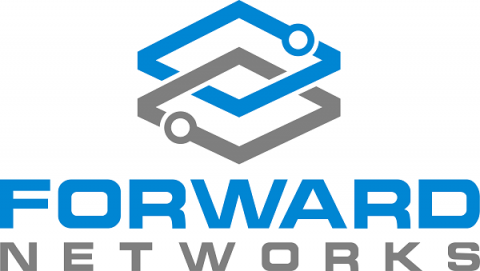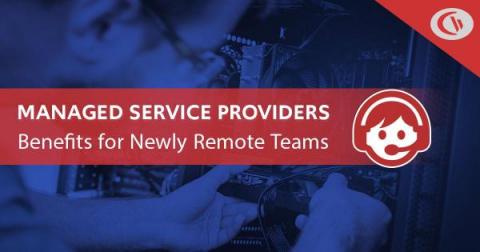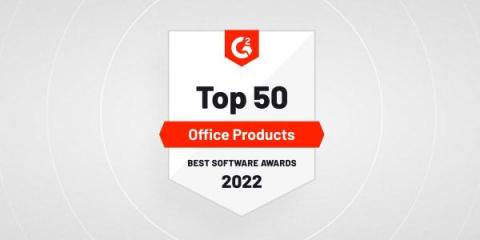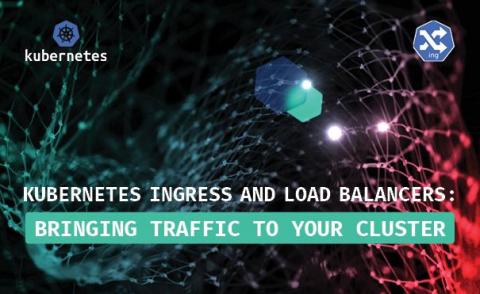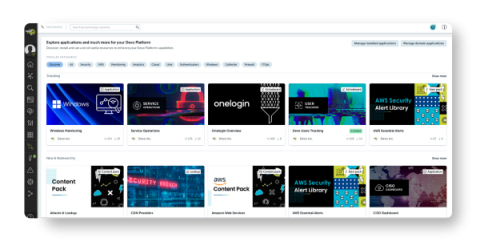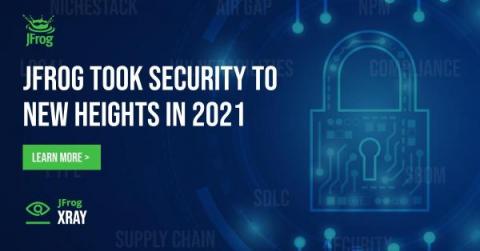How Teleport Uses Teleport to Create and Maintain Shared Demo Environments
Our Solution Engineering (SE) team is full of individuals who have vast real-world experience building and maintaining complex IT access systems with sophisticated audit layers through their work as DevOps engineers. The problems that we have all faced before joining Teleport are the exact problems that our customers face. So when it comes to our demos, we like to show real-world scenarios aligned to customer usage patterns, in environments similar to our customers.



